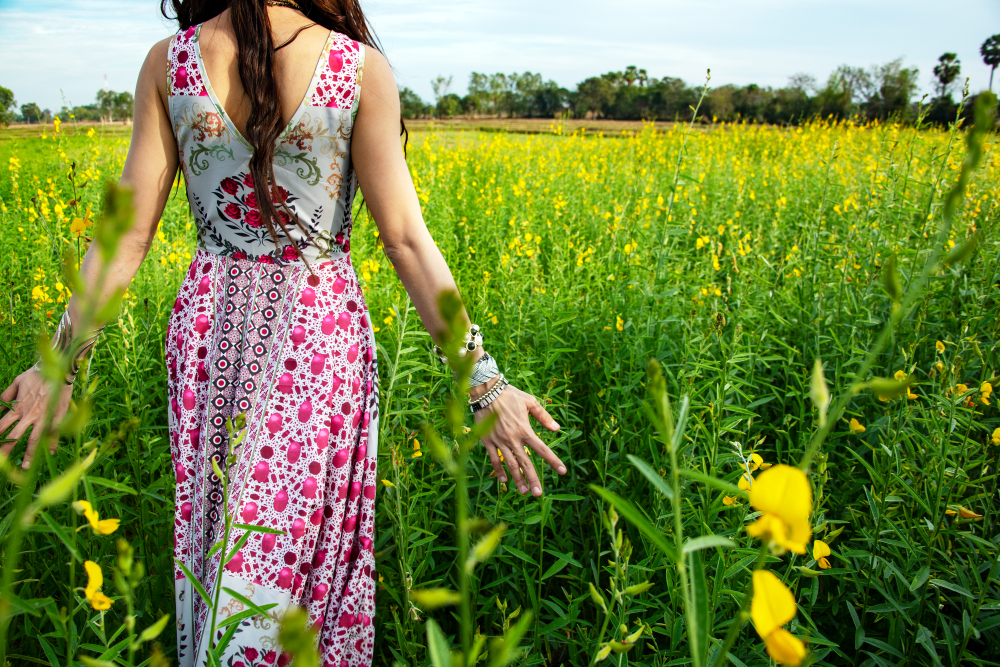Dogs Make the Heart Grow Fonder
Dogs may play a role in prolonging the lives of their human companions, especially those who suffer from heart disease, the leading cause of death in the United States. According to recent studies published in the Circulation: Cardiovascular Quality and Outcomes, a journal of the American Heart Association, those who own pets are more likely to take part in activities that are beneficial for cardiovascular health over those who do not.
Researchers pored over data of nearly four million people from 10 different studies to form the meta-analysis to reach their findings. Previous studies have reported that dog owners are more likely to engage in a physically active lifestyle, experience lower blood pressure and cholesterol levels, and see a decrease in loneliness and stress.
In the latest findings, dog ownership is associated with a 24 percent overall "reduced risk of all-cause mortality" over non-dog owners. The risk of death for heart attack patients who lived alone after hospitalization was 33 percent lower than patients who did not own a dog and the risk of death for stroke patients who lived alone after hospitalization was 27 percent lower.
While the research doesn’t say that dog ownership is the direct cause of a reduction in death, especially after a stroke or heart attack, the current findings are promising for future studies.
Dr. Dhruv S. Kazi, associate director at the Smith Center for Outcomes Research in Cardiology at Beth Israel Deaconess Medical Center says the main contributors for improved cardiovascular health among dog-owners are most likely due to an increase in physical activity and mental health.
“There is a strong connection between mental health and cardiovascular health—we’ve known for a long time that patients with depression have worse cardiovascular outcomes after a heart attack, for instance,” he says. “It turns out that the companionship of a dog may go a long way toward addressing this.”
For those who don’t own a dog but want to incorporate more canine time into their lives, Dhruv suggests offering to walk a friend’s dog or volunteering at the local SPCA to reap the benefits.
Read More









